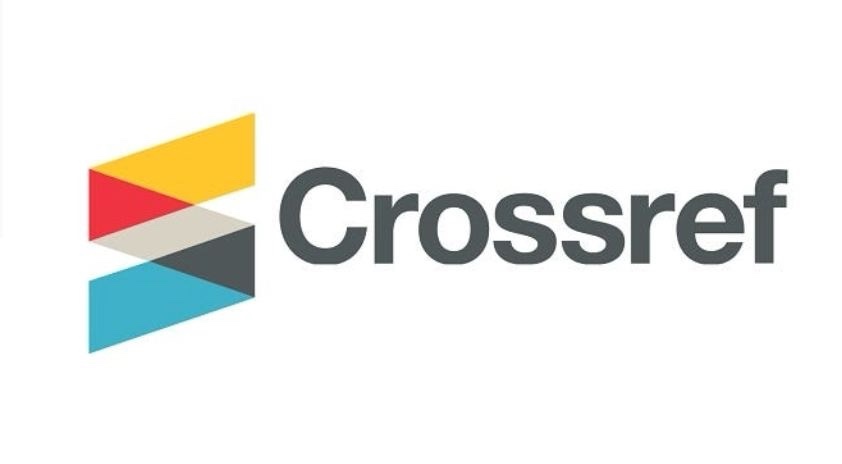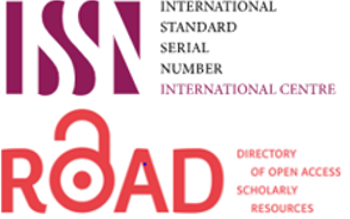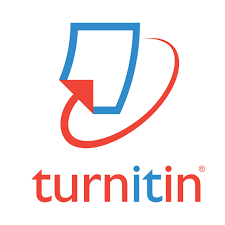Effectiveness of Instruction-oriented Intervention for Primipara Women upon Episiotomy and Self-perineal Care at Ibn Al-Baladi Hospital
DOI:
https://doi.org/10.58897/injns.v23i1.66Keywords:
Primpara, Episiotomy, Self-perineal CareAbstract
Objective: To identify the effectiveness of instruction oriented intervention for primipara women upon episiotomy and self
perineal care.
Methodology: A quasi-experimental study was carried out to determine the effectiveness of instruction-oriented
intervention for primipara women upon episiotomy and self-perineal care. A purposive "non-probability" sample of (60)
primipara mothers was selected from Ibn AL-Balady Pediatric and Maternity Hospital, Al-russafa, Baghdad. The sample
has been divided into two groups; (30) primipara women who were considered as a study group, and another (30) primipara
women who were considered as a control one. The study group was exposed to an instruction-oriented intervention. While,
the control group was not exposed to the intervention. A questionnaire was developed as a tool of data collection for the
purpose of the study. A pilot study was carried out to test the reliability of the questionnaire for the period from March 13th
to March 25th, 2009. Data were analyzed through the application of descriptive and inferential statistical data analysis
approach.
Results: The results have revealed that the study group participants had benefit from the implementation of instructional
intervention and dramatic change had occurred in their episiotomy and self-perineal care knowledge. The study concluded
that the majority of mothers had adequately met their needs of perineal care, cleanliness of the perineum, using ice pack,
taking a soothing bath tube, dry heat, refrain from the marital relationship (coitus), mothers nutrition to prevent
constipation, used bath room, pelvic muscle exercise, follow-up were adequately met.
Recommendations: The study recommended that the oriented instructional intervention can be presented to all pregnant
mothers who are attending the primary health care centers. Moreover, an instructional intervention might be useful if it is
constructed and implemented in the hospital for women with episiotomy.















